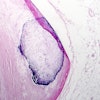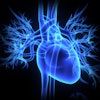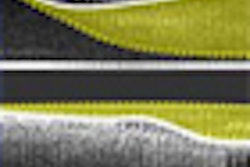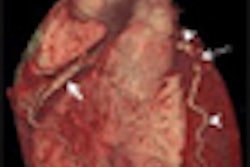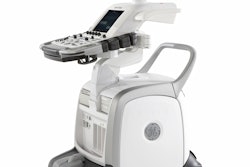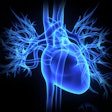Dear Cardiac Imaging Insider,
Researchers from the Medical University of South Carolina (MUSC) raised the functional imaging bar last year with a study that analyzed the myocardial blood pool with dual-energy CT. The images not only provided information about relevant coronary artery stenoses, but also determined whether those lesions were causing a strain on the heart, leaving patients vulnerable to a heart attack.
This year the MUSC team, led by Dr. Balázs Ruzsics, Ph.D., added adenosine, using the pharmacologic stress agent to distinguish reversible ischemia from infarcted myocardial tissue that doesn't respond to reperfusion therapy. Presenting their results at last week's American Heart Association (AHA) scientific sessions, the researchers confirmed the accuracy of the results with both SPECT myocardial perfusion imaging and cardiac MRI.
Will CT's one-stop cardiac scan come to dominate the workup of patients who need a functional as well as morphological assessment of the heart? And what about the radiation dose? Find out more in this issue's Insider Exclusive, brought to you before it's presented to our other AuntMinnie.com members.
Other modalities also found the spotlight at last week's AHA meeting. Using ultrasound, for example, researchers reported that two diabetes drugs had pretty similar antiatherosclerotic effects. Ultrasound also demonstrated damaging effects of obesity in children -- based on carotid artery assessment in one study and a ventricular function assessment in another.
Speaking of ultrasound, the American Society of Echocardiography last week released long-awaited standards on the use of echocardiography contrast agents, which raised concerns earlier this year following isolated reports of patient deaths and a warning by the U.S. Food and Drug Administration.
Negative calcium scores in the young should not be equated with an absence of risk, reported another research group at the AHA meeting. It may just be that serious atherosclerotic plaque burden hasn't had time to calcify.
Meanwhile, one of the first blinded studies of coronary CT angiography has found that CT is an excellent triage method for patients presenting with chest pain. The results dovetail with several other single-center studies, including a recent study from the University of Pennsylvania that found CT to be safer and more cost-effective than the standard of care.
But the most important study to come out of the AHA meeting didn't even involve imaging. The JUPITER trial found that statin use significantly reduced the risk of stroke and heart attack -- even in patients with normal cholesterol and no history of coronary artery disease -- by lowering C-reactive protein (CRP) levels. Underreported in the media blitz: The whole world doesn't need to go on statins. Folks can lower their own CRP levels by relying on healthy habits such as stopping smoking and adopting a Mediterranean diet.
We invite you to scroll on down for the rest of the news -- delivered fresh daily in your Cardiac Imaging Digital Community.


